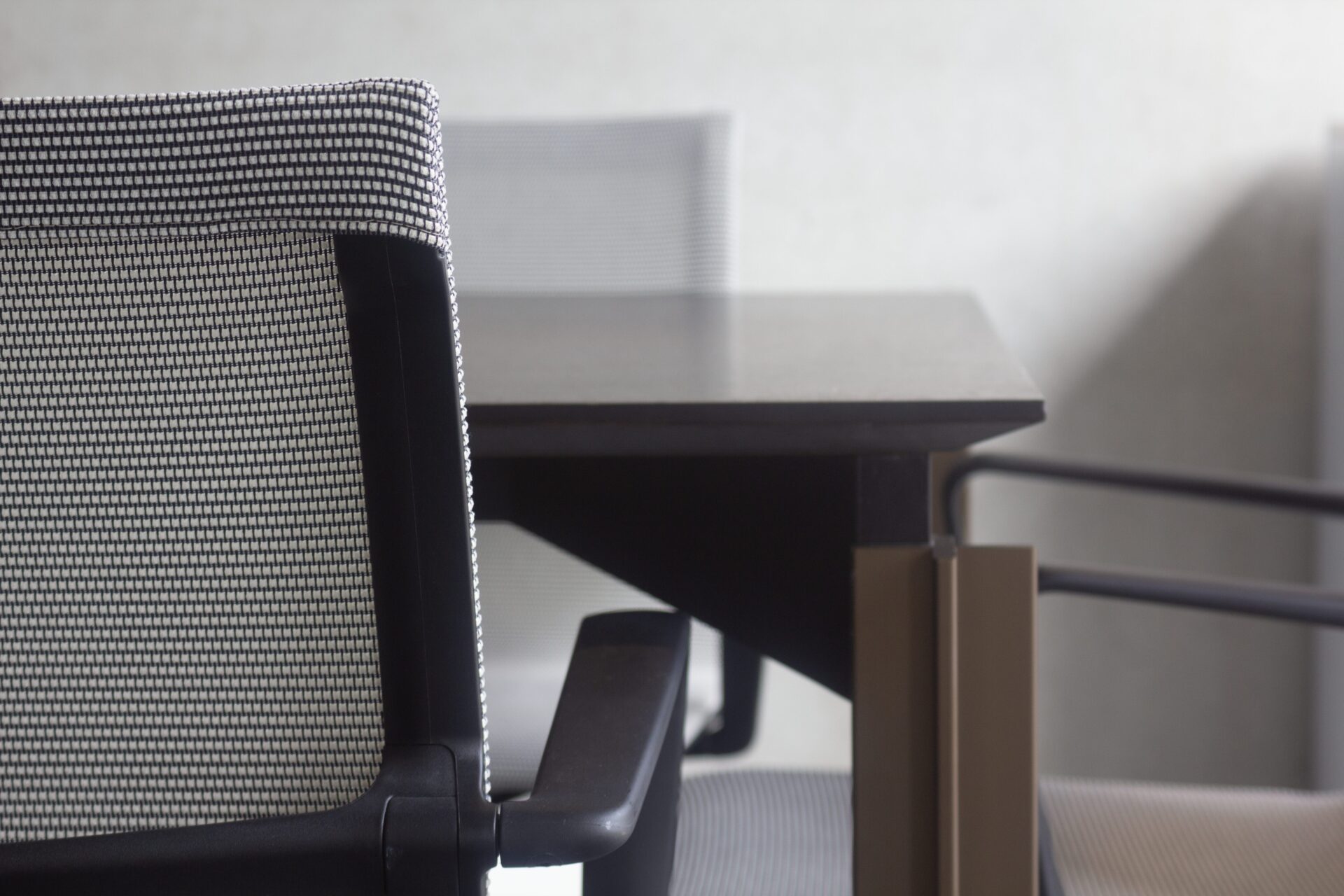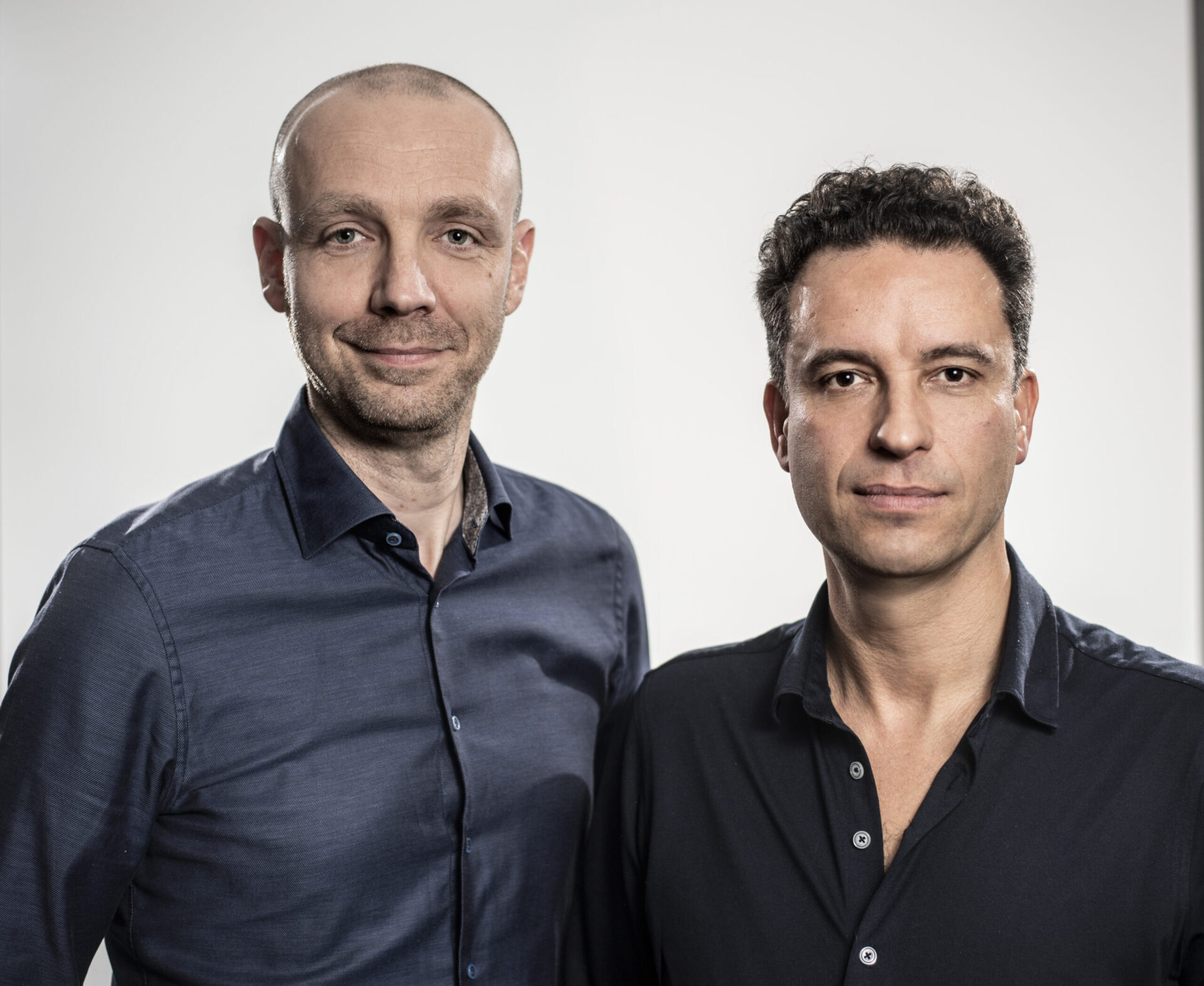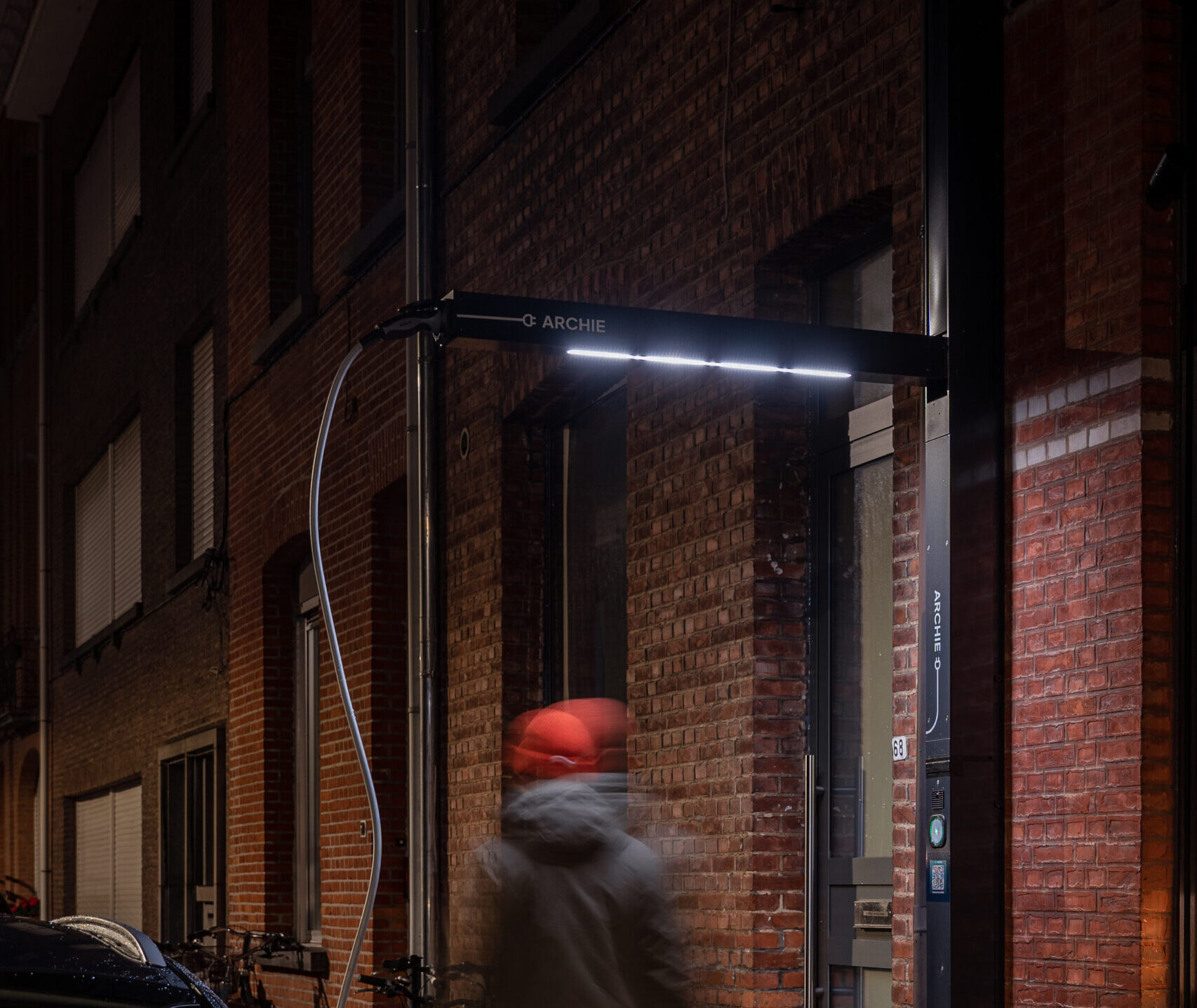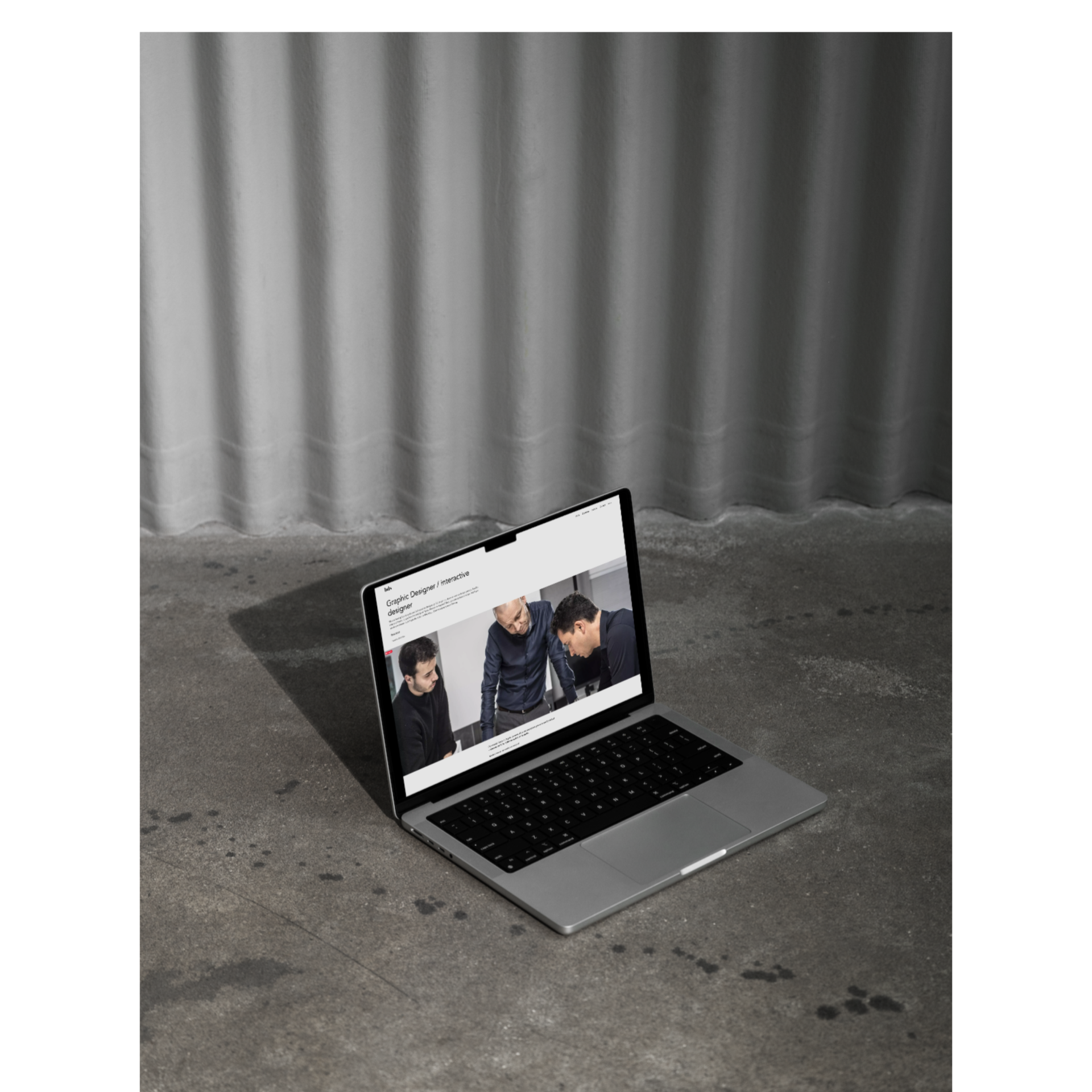In the transition from Boonen Design Studio (BDS) from a sole proprietorship to a thriving studio with ten employees, we don’t blindly follow ambition. Of course, we’re writing an ambitious growth story, but it simultaneously compels us to seek out our own identity as an industrial design bureau and a creative enterprise.
Are we the only ones grappling with this quest for identity within the physical and mental space of the creative enterprise? Read and let us know if you recognize this.
The Situation: Over the past two years, Boonen Design Studio has undergone a significant growth spurt. After moving from a home office in Sint-Truiden to a co-working space in Hasselt, we quickly hit the limits of the office units and had to relocate for more breathing room and oxygen for growth.
We now occupy an SME unit in the Hasselt Heros Business Park, featuring a spacious office and even storage and workshop space. It’s a quantum leap for BDS. It reflects not only the physical expansion of our team but—surprisingly to us—also makes us realize how much the building and its decor influence the bureau’s external perception and image.
Why? Let’s bring in Simon Mari Pruys. This Dutch designer was a leading design publicist, essayist, and critic in the 1960s and 70s, and many of his insights remain incredibly relevant (definitely recommended!). Pruys wrote extensively about the influence of imaging on architecture. In the spirit of his insights, it could be said that the way we design and present our design office and workspace is essentially an extension of our philosophy, values, and identity.
We had no control over the exterior appearance of our SME unit, but we did have control over the interior. However, we didn’t have our own office furniture, just a philosophy. Not that we now want to reduce BDS to a soulless SME unit with some office tables and chairs, but you can probably understand that we can’t just choose any table and chair. The weight of Simon Mari Pruys’ insights adds extra pressure on our shoulders. Just as photography has shaped the perception of modern architecture and interior design—as Pruys posits—so does the design of our new office shape the lens through which clients, partners, and the broader public will see and understand BDS. Do you feel the pressure?
To what extent do we integrate our own designs, how do we blend these with other pieces, and how do these decisions reflect our identity as a bureau? These questions are not merely aesthetic; they touch on the core of our understanding of design as a service discipline.
The transition from a co-working space to our own office not only gives us more space but also a unique opportunity to redefine and manifest our creative philosophy and design vision anew. It’s an exercise in self-expression and authenticity, akin to an architect designing his own home. It raises questions about how we translate our own identity and values into a physical space that is both functional and representative of who we are and what Boonen Design Studio stands for.
In furnishing our new office, we face fundamental choices: to what extent do we integrate our own designs, how do we blend these with other pieces, and how do these decisions reflect our identity as a bureau? These questions are not merely aesthetic; they touch on the core of our understanding of design as a service discipline. As a bureau focused on designing functional products for startups and established companies, how does this mission translate into the design of our own workplace?
Our goal is not to create a showroom but a living space that stimulates creativity, promotes collaboration, and tells a story about innovation, sustainability, and the future of design. This story is what we want to share with our audience, not only through the physical design of our office but also through the way we present this space. The snapshots we share are not merely visual teasers; they are meant to open a dialogue about the role of design in the modern workplace and how it contributes to the culture and identity of a creative bureau.
In line with Pruys’ insights on the impact of imaging, we acknowledge that every image we project not only represents our bureau but also forms part of a broader conversation about the value and meaning of design in our lives and work.
Our move to a private office is an invitation to join in that conversation, a step towards defining our own space in the design world, not just physically but also conceptually and philosophically. And God knows what Simon Mari Pruys would have thought of Instagram and LinkedIn.



